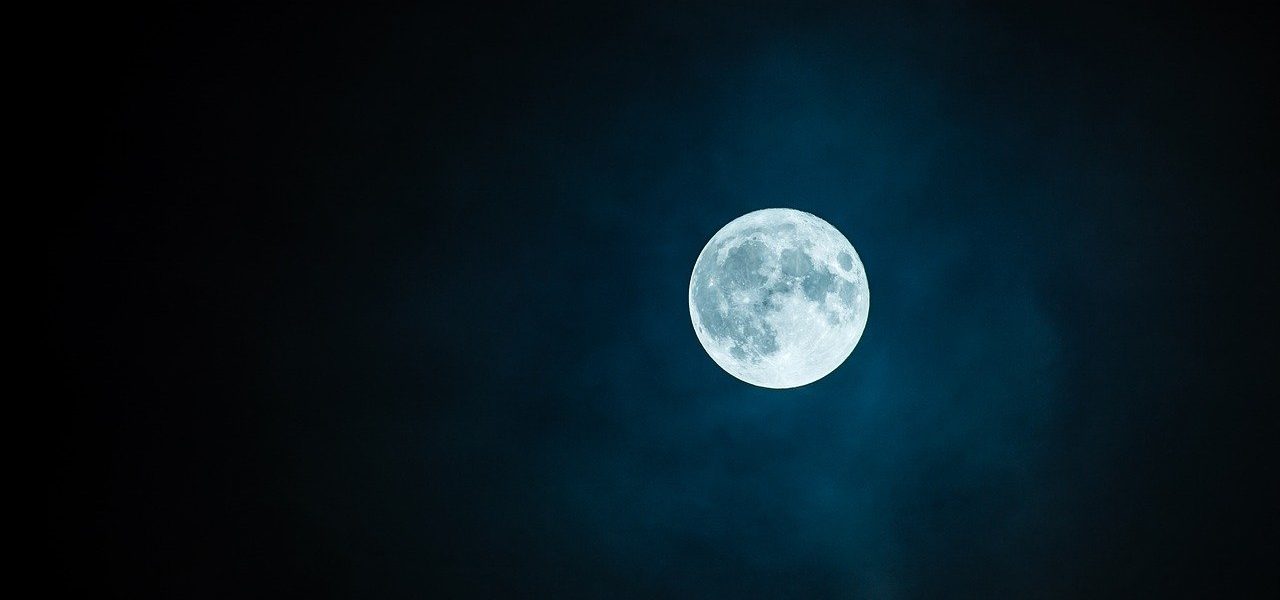‘That’s one small step for a man, one giant leap for mankind’, said Neil Armstrong when he first stepped on the lunar surface on July 20, 1969. This sentence still rings in our years more than 50 years later.
Indeed, Americans view this event as one of the most significant events that occurred in the 20th century. In this article you can learn more about the fateful Apollo 11 mission.
The Space Race
Let us first address the elephant in the room, or the Space Race between the United States and the Soviet Union during the Cold War. Team USSR was way ahead by the mid-1960’s. They had sent the first artificial satellite, called Sputnik 1, in space in 1957. Two years later, Luna 2 became the first spacecraft to reach the Moon.
This was followed by the first animals to reach outer space and safely return to Earth, the dogs Belka and Strelka, in 1960. A test for the first human to fly in outer space – the Soviet cosmonaut Yuri Gagarin in 1961.
By all means, USA was far behind. They did everything the USSR did, however, after the fact. The US knew they had to do something bold and daring to reach their competitors.
Apollo Missions

In an address to Congress on May 25, 1961, President John F. Kennedy declared it was a national goal for the US to send the first man to the Moon and return him safely to Earth. Unfortunately, he didn’t live to see that happen, but the successful Apollo 11 mission was dedicated to him.
Enter Project Apollo. The project received $25 billion in funding for a period of 10 years (1961-1972) or 2.5% of US’s GDP at the time. Sadly, tragedy struck with the first Apollo mission. While the crew was performing a pre-launching test, a fire started in the lunar module and all three crewmembers (Ed White, Roger B. Chaffee and Gus Grissom) tragically died on January 27, 1967.
It was thought this could put an end to the whole project, but instead NASA put man-crewed missions on hold, while they resolved the technical issues. The next three uncrewed missions (Apollo 4 to 6) were used to test new technology, and allowed for crewed missions to proceed.
Apollo 7 launched on October 11, 1968, and orbited the Earth returning safely on October 22, 1968. Then on December 21, 1968, Apollo 8, the first lunar mission, successfully penetrated the lunar orbit. Soon after, on March 3, 1969, the crew members on board of Apollo 9 tested all the aspects of the lunar module in Earth’s orbit.
Finally, the Apollo 10 mission did the same, although it did it in the lunar orbit, which was a dry test for the actual moon landing.
Apollo 11
On July, 1969, everyone in the US, and many others around the globe, were impatiently waiting for Apollo 11 to reach the Moon. The three crew members, Neil Armstrong, Buzz Aldrin and Michael Collins, were on board of a Saturn V rocket, which launched into space on July 16, 1969.
Saturn V had 3 stages that allowed it to reach the Moon. The first one was the most powerful one and it was used to lift the aircraft off the ground. It then detached to let the second stage take the astronauts into the Earth’s orbit, while the third stage took the aircraft outside the Earth’s orbit and broke off to let it reach the lunar orbit. Each module is amazing on its own, but it’s mostly the technology of detachment that truly made the mission possible.
After the final detachment, there were three modules left – the command, service, and lunar modules. Armstrong and Aldrin undocked the lunar module and landed on the Moon on July 20, 1969, at 20:17 UTC, while Collins was orbiting the Moon.
Six hours later, Neil Armstrong became the first man to set foot on the Moon. He and Buzz Aldrin conducted experiments in which they collected samples from the Moon in the next 2 hours and 31 minutes before returning to the aircraft. Approximately 600 million people worldwide watched the live broadcast of their mission.
The three astronauts departed from the Moon on July 22 and safely returned to Earth on July 24 by splashing into the Pacific Ocean at 16:50:35 UTC. The module landed approximately 15 miles away from the recovery ship USS Hornet.
Armstrong, Aldrin and Collins were personally welcomed by President Richard Nixon. The crew had to formally go through customs in Hawaii. Wholesomely, the crew declared moon rocks and moon dust to the Hawaiian authorities.
After staying a few weeks at an isolation ward at the Lunar Receiving Laboratory in Houston, the three astronauts were ready to be celebrated as American heroes with grand parades in New York City and Chicago on August 13, 1969. Their day ended with an official dinner with President Nixon in Los Angeles.
Going Back
Apollo 11 is certainly the most famous Apollo mission, but there were five other successful missions to the Moon in the next 3 years, which took another nine astronauts to the Moon. The missions were very expensive and they eventually ceased.
However, President Donald Trump announced plans for return to the Moon in the next few years and talked about plans for creating a space station to orbit the Moon. The plan called Artemis is in full motion and NASA says that they plan to send the first woman and the first person of color to the Moon.
The missions are supposed to be longer than the Apollo missions, perhaps in an attempt to try out equipment that could be used to reach another milestone – landing on Mars. We are impatient to know more about Artemis progress in the future.
